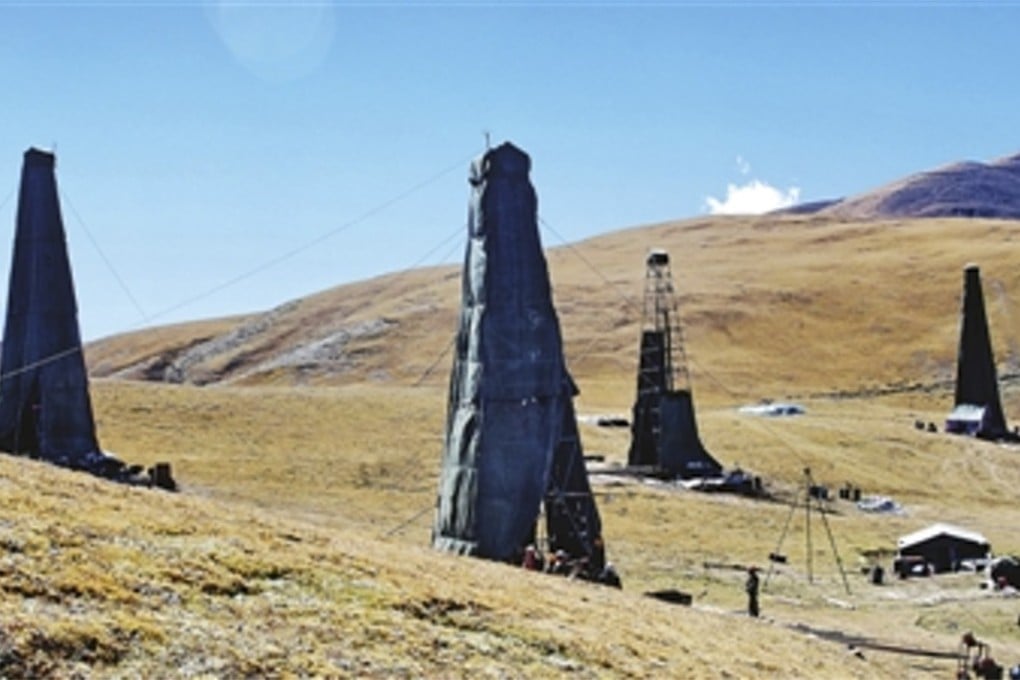How Chinese mining in the Himalayas may create a new military flashpoint with India
People familiar with mining plan say breakneck pace of development is part of a determined endeavour by Beijing to regain full control of South Tibet, or Arunachal Pradesh – currently an Indian state.

China has begun large-scale mining operations on its side of the disputed border with India in the Himalayas, where a huge trove of gold, silver and other precious minerals – valued at nearly US$60 billion by Chinese state geologists – has been found.
Although mining has been going on in the world’s highest mountain range for thousands of years, the challenge of accessing the remote terrain and concerns about environmental damage had until now limited the extent of the activities.
The unprecedented scale of the new mines follows years of heavy investment by the Chinese government in roads and other infrastructure in the area.
People familiar with the project say the mines are part of an ambitious plan by Beijing to reclaim South Tibet, a sizeable chunk of disputed territory currently under Indian control.
China’s moves to lay claim to the region’s natural resources while rapidly building up infrastructure could turn it into “another South China Sea”, they said.
Most of the precious minerals – which include rare earths used to make hi-tech products – are hidden under Lhunze county, a military stronghold China took from India by force nearly 60 years ago.